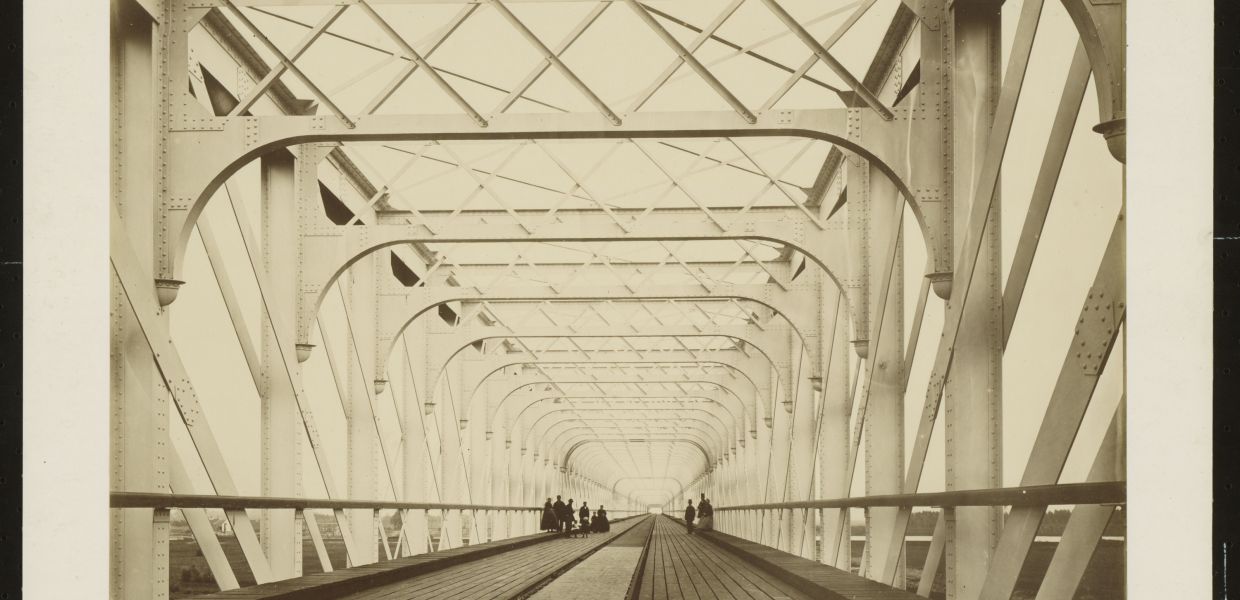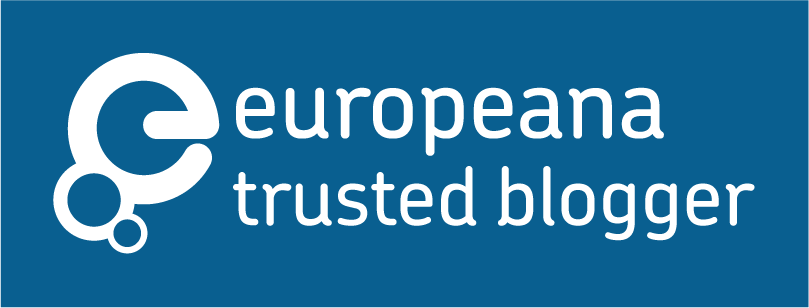Introducing Europeana Trusted Bloggers programme: ‘it's all about making meaningful connections’
Europeana is teaming up with bloggers with an interest in arts, culture, history or education to launch the Trusted Blogger programme, Our ambition is to share the content of Europeana Collections with new audiences, and establish long-term engagement with a network of culturally involved bloggers, who, in return, will gain visibility on the landing page of Europeana Collections blog. Peter Soemers tells us more about this initiative.

- Title:
- Railway Bridge over the Lek at Kuilenburg (Culemborg) | Schönscheidt, Johann Heinrich, Rijksmuseum, Public Domain
- Creator:
- Johann Heinrich
- Institution:
- Rijksmuseum
- Copyright:
- Public Domain
What is your experience with blogs, on a personal and professional level?
As an Application Manager working for the Dutch ministry of Economic Affairs, culture and blogs are no issue in daily working life. Art, museums, cultural blogs, and Europeana are filling my spare time - I can't have enough of that! I'm writing blog posts myself, but the frequency is so low that I don't dare to call myself a blogger. You can find my posts on Kultur-Museum-Talk, hosted by freelance art historian Dr. Tanja Praske. She is always looking for what culture means to people in daily life, and discussing the opportunities social media and the digital world are offering for culture and its dissemination.
What is the main interest of this programme?
There is a great common goal, shared by both Europeana and these bloggers: promoting culture and cultural heritage, with a special attention to the opportunities offered online. The bloggers will get to know Europeana Collections and projects. They will get international reach, and access an ocean of free-to-use materials. In getting involved, they are joining forces to promote culture on an European level, and the 'participatory' thinking core to Europeana. I'm convinced their practical experience with the development of digital concepts, and their presence in regional or more specialised communities could contribute a lot to the work done by Europeana. It's all about making meaningful connections.
How did you identify the first Trusted bloggers?
I am acquainted the most with bloggers in Germany and Austria. I invited some of them to take part in a brainstorm meeting at Europeana. We were aiming for a small group of three bloggers from one language area in order to dive deep in barriers and opportunities. It demonstrated the strength of their network throughout Germany and Austria, as many of them suggested potential representants in favour of 'open' and 'digital' cultural heritage. To kick off the programme, we have Anke von Heyl, very engaged in art and museums education, Anne Aschenbrenner, a cultural journalist, and last but not least historian Moritz Hoffmann, advocate of digital Public History and a keen fact checker.

What influence can bloggers have in a culture and arts lovers community?
Cultural bloggers do a big deal of essential 'marketing' for cultural heritage and events. The freedom in their personal tone of voice and opinions usually appeals more to readers than matter-of-fact reports or case studies from institutions. It doesn’t mean that we don't need the study; but that we need this sensitive 'translation' to the outside world in order to help people discovering their personal 'taste' for cultural heritage. There is a lot of storytelling about cultural heritage objects on blogs by cultural workers. It makes it much easier to understand what's going on behind the walls of institutions.
Did you have interactions with bloggers that proved to be useful in your involvement with Cultural Heritage Institutions?
Before using social media and reading blog posts, I was the classical museums visitor, entering the building, looking at the artworks, buying a catalogue and going home. Now, I got acquainted with many museums people and bloggers. I’m engaging not only with artworks, but also with people working in the cultural heritage sector.
Read the first posts here, and find out more to become a Trusted Blogger yourself!
